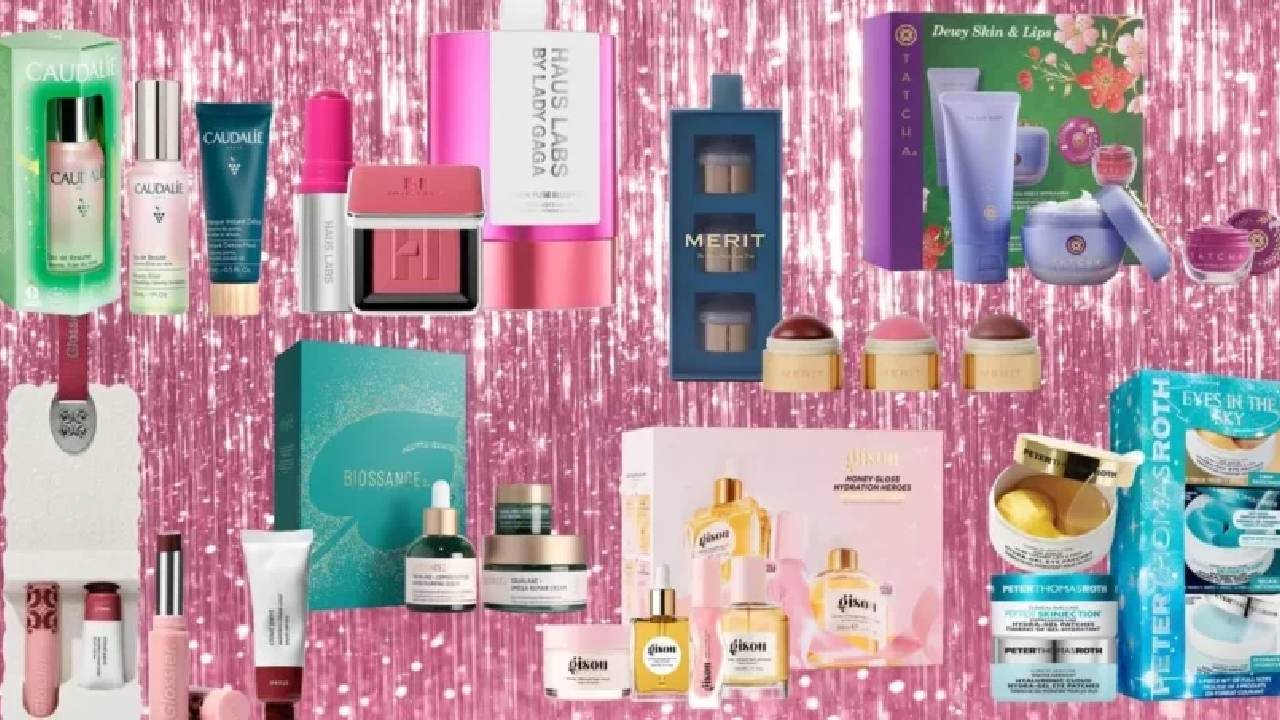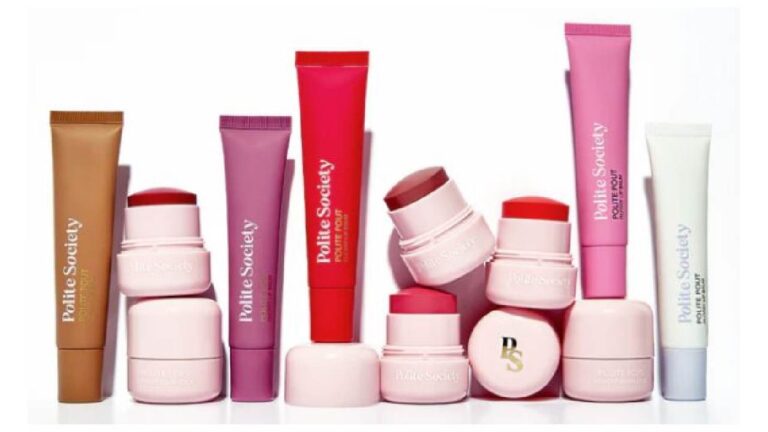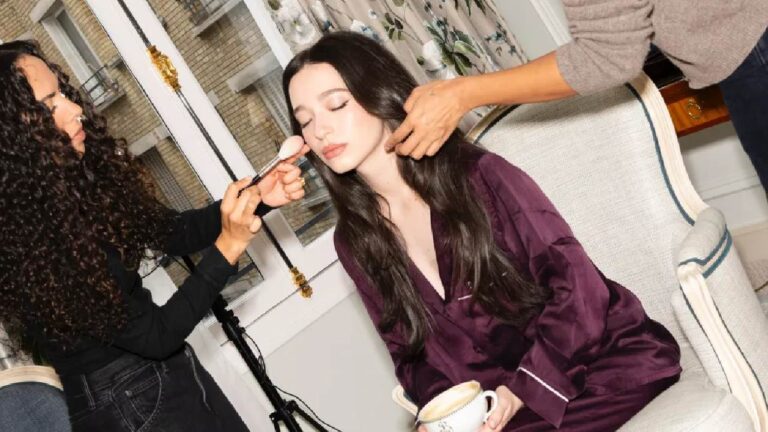
BeautyRival – The holiday beauty shopping season, one of beauty’s biggest sales periods, has arrived earlier than expected. According to Bank of America, more than 52 percent of consumers began buying gifts before October. Many are shopping early to stretch their budgets and find the best deals. The University of Michigan’s October Sentiment Index shows consumer confidence has fallen for the third straight month, signaling financial caution. Yet beauty seems to defy these trends. Larissa Jensen, global beauty industry adviser at Circana, explained that beauty behaves differently during tough times. The “lipstick index” phenomenon where beauty sales stay strong despite weak economic conditions still holds true. For many shoppers, a new lipstick or fragrance remains an affordable luxury, offering comfort and confidence when other spending slows.
Holiday Sales Stay Strong but Growth Slows
In 2024, beauty saw 23.4 percent of annual sales during the November-December holiday period, according to NielsenIQ. That share rose slightly from the year before. Experts expect this year’s rhythm to remain steady, though growth may ease. Jacqueline Flam Stokes, senior vice president of beauty retail at NielsenIQ, said overall sales will stay positive but softer. The prestige beauty sector which soared in recent years faces a slowdown as consumer priorities shift. “We’ll see continued strength, but not the same level as before,” said Jensen. After four years of impressive fourth-quarter results, maintaining momentum is harder. Still, beauty continues to outperform most other retail categories, driven by emotion, self-expression, and the timeless desire to give gifts that make people feel good.
Fragrance Shines While Makeup Loses Steam
According to Anna Lizzul, vice president of equity research at Bank of America, the holiday season magnifies existing beauty trends. This year, fragrance takes the spotlight, while prestige makeup may lag behind. Limited innovation in makeup has softened excitement compared to past years. Meanwhile, economic uncertainty is influencing spending habits. “Lower-income consumers are tightening budgets, while higher-income shoppers remain stable, though wage growth is slowing,” Lizzul explained. Younger shoppers, especially Gen Z graduates, are feeling the pinch of a tougher job market. These pressures make fragrance more appealing it’s emotional, personal, and comes in every price range. With options from designer perfumes to affordable dupes, scents have become the perfect balance of indulgence and accessibility this season.
Early Shoppers Seek Deals to Manage Costs
Data from Adobe Digital Insights reveals that discounts this year will match 2023 levels but won’t reach the highs of 2024. “Tariff announcements nudged prices up slightly, but competition among online retailers keeps deals attractive,” said Vivek Pandya, director at Adobe. As a result, consumers are shopping early to spread out spending. A Circana survey found that 60 percent of shoppers plan to buy both online and in-store this season. Fragrance ranks as the number one beauty gift, followed by skincare, makeup, and hair care. Many shoppers want thoughtful gifts that fit their budgets. Hybrid shopping browsing online and buying in person lets them compare prices while still enjoying the in-store experience of testing scents and textures firsthand.
TikTok Shop Turns Beauty Into a Viral Shopping Experience
Digital platforms are reshaping the beauty retail landscape. TikTok Shop now drives 29 percent of annual hair tool sales, according to NielsenIQ. Brands like Wavytalk and The Beachwaver Co. have gone viral, turning social buzz into record-breaking sales. Nearly one-third of all hair tool sales occur during the holiday season. Beauty has also become the top-grossing category on TikTok Shop, accounting for 19 percent of total platform revenue last November and December. Trending brands like Medicube, Tarte Cosmetics, Dr. Melaxin, and BellaVita Luxury are expected to perform well again this year. Even dupe fragrances budget-friendly alternatives to high-end scents are rising in popularity. As Jensen put it, “Whether shoppers want value or luxury, beauty has something for everyone.”
“Read More : KBB by Kahlana: A Brand Born From Vision and Purpose”
Wellness and Self-Care Take Center Stage
Beyond fragrance, wellness and self-care products are driving this year’s gifting choices. According to NielsenIQ, bath and body items rank just behind fragrance, with 69 percent of shoppers choosing them as go-to gifts. “Wellness will play a bigger role this holiday season,” said Pandya from Adobe. Products like Oura Rings, LED face masks, and facial devices are in high demand as consumers invest in well-being. Because many are cutting back on salon treatments, at-home beauty tools and skincare sets are becoming popular alternatives. Candles, supplements, and K-beauty items are also on the rise. As Flam Stokes noted, “People are redefining self-care it’s no longer a luxury, it’s essential.” The trend reflects how consumers now value mental health and comfort as much as physical beauty.
Influencers and AI Shape the New Beauty Shopping Era
Technology is transforming how people shop for beauty. Adobe forecasts a 520 percent rise in product link clicks from AI tools like ChatGPT this holiday season. Shoppers are using AI to compare prices, find deals, and personalize gift ideas. More than half of online purchases will come from mobile devices, making influencer links crucial for conversions. Affiliate programs from Sephora and Gap Inc. show how retailers are investing in creator partnerships. Amazon also remains a top shopping destination, with brands like Laneige and Sol de Janeiro growing more than 300 percent and 140 percent last year. “Beauty holds steady even when other categories decline,” said Lizzul. With technology, storytelling, and creativity blending seamlessly, beauty continues to prove it’s not just a product it’s an experience that connects emotion and identity.


